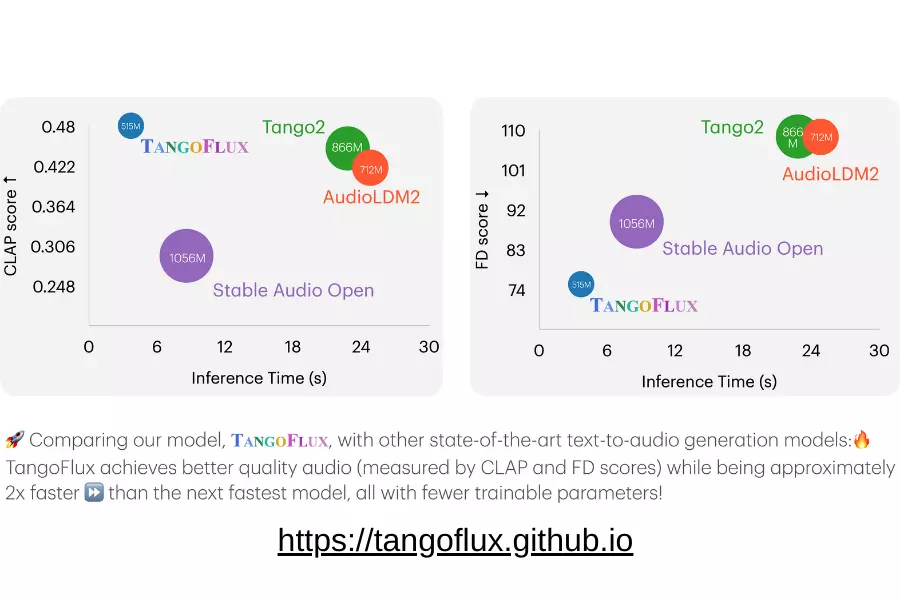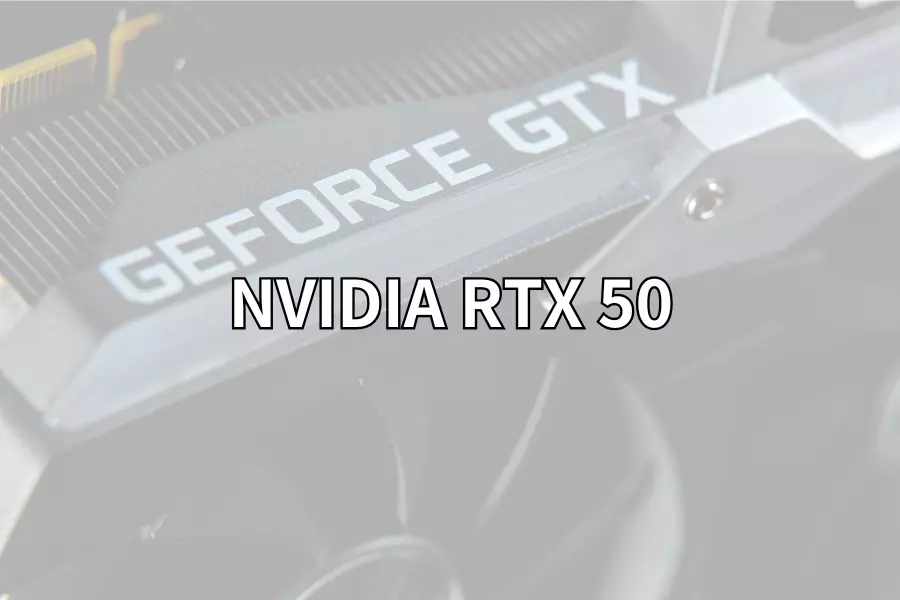Introducing IndexTTS: Say Goodbye to Robotic Speech! Build a Controllable and Efficient Industrial-Grade TTS System
Tired of AI mispronouncing words or sounding flat? Meet IndexTTS! This new GPT-based Text-to-Speech (TTS) model not only delivers realistic voice output but also allows you to precisely control Chinese pronunciation using pinyin. It’s incredibly efficient, making it ideal for real-world applications. Let’s dive into how it solves key issues of current TTS systems!
Have you noticed that voice assistants and audiobooks these days sound more and more natural—almost like real people? But let’s be honest, when it comes to Chinese polyphonic or heterophonic characters, or when we want to emphasize specific pronunciations, these AI voices can still sound off—or worse, just wrong—breaking the immersion.
Enter IndexTTS, a new technology designed to fix that!
IndexTTS is a GPT-style TTS system developed from familiar architectures like XTTS and Tortoise. What sets it apart is its ability to produce high-quality speech and its special focus on controllable Chinese pronunciation. Imagine being a director, telling the AI exactly how to speak, where to pause—how cool is that?
The development team introduced a host of improvements to IndexTTS: better learning of speaker voice characteristics, and the integration of the powerful BigVGAN2 vocoder for improved audio quality. Most impressively, the model was trained on tens of thousands of hours of data! The results? IndexTTS outperforms many popular TTS systems, such as XTTS, the trending CosyVoice2, and Fish-Speech and F5-TTS.
Sounds impressive, right? Let’s look at what makes IndexTTS tick.
Get the Pronunciation Right: Fine-Tune AI Voice with Pinyin
Traditional TTS systems often rely on a complex “text frontend.” This part handles tasks like word segmentation, text normalization (TN), and most importantly, converting text into phonetic representations, such as Chinese pinyin (Grapheme-to-Phoneme, G2P). While this provides good control over pronunciation, it’s also…well, cumbersome and a bit mechanical.
Later, large language models like GPT entered the TTS space, replacing complex frontends with smarter text tokenizers. That saved effort—but introduced a new issue: the AI might “guess” the pronunciation, which can result in errors—especially in Chinese, with its many characters sharing the same form but having different pronunciations.
IndexTTS offers a smart solution: inspired by prior research, the team designed the model to learn both Chinese characters and pinyin simultaneously.
What does that mean? Check out this table (based on Table 1 in the original paper):
| Mixed Input Example |
Description |
| 今天天氣「hěn」好 |
Forces “很” to be pronounced as neutral-tone hěn |
| 這是一「xíng」 |
Forces “行” to be pronounced xíng (as in “walk”), not háng (as in “bank”) |
| 我們要去「chóng qìng」 |
Inputs place names using pinyin to avoid mispronunciation |
See that? You can directly include pinyin in the input text to specify how a character should be pronounced! That means even tricky words can be spoken exactly how you want.
According to their experiments (based on Table 2), using this hybrid input method—especially for confusing pronunciations—the model achieves up to 94% accuracy! This is a huge win for applications needing high precision, such as education or audiobook publishing. And don’t worry—it’s not cumbersome. You only need to add pinyin for the characters that need it; the rest can be standard Chinese characters. Super flexible.
No More Prompt Text Hassles: Easier Voice Deployment
Now here’s something developers and engineers will truly appreciate.
TTS systems based on large language models usually require a “prompt audio” clip to mimic a speaker’s voice and style. But here’s the catch—many models (like SEQ1 and SEQ2 modes mentioned in the paper) also need the exact text transcript for the audio.
This becomes a nightmare during deployment. Why? Because the transcript must perfectly match the audio—including punctuation! Finding clean, high-quality, perfectly aligned audio-text pairs is nearly impossible.
IndexTTS solves this with elegance. It adopts what they call SEQ3 mode. Simply put, during inference, you only need the prompt audio—no transcript required!
This significantly lowers the barrier to entry. You can just grab a few seconds of clear audio from your target speaker, and IndexTTS can mimic that voice to read any new text. For fast deployment and custom voice solutions in industrial applications, this is a massive game-changer.
Fast and Natural? The Secret Behind IndexTTS’s Efficiency and Quality
A good TTS system needs more than just realistic voice—it has to be fast and resource-efficient. Nobody wants to wait ages or burn through GPU memory just to get a voice line. IndexTTS delivers here too.
Let’s start with the “audio tokenizer,” the component that digitizes sound into representations the AI understands. IndexTTS tested different quantization techniques like VQ and FSQ. An interesting finding: with just 6,000 hours of training data, VQ had only 55% utilization. But with 34,000 hours? VQ utilization nearly hit 100%! This shows that large datasets are key to unlocking VQ’s full potential. IndexTTS ultimately went with a VQ-VAE structure—and it works great.
Then comes the “speech decoder,” which turns the model’s output into audible waveforms. Some TTS systems use complex setups like Flow-Matching + HiFiGAN for great sound—but at the cost of speed.
IndexTTS chose BigVGAN2 for its decoder. This model can directly convert the language model’s hidden state into audio waveforms—no extra steps needed.
How effective is it? Take a look at the comparison below (based on Table 5):
| Model |
RTF (on V100) |
GPU Memory Usage |
| IndexTTS |
0.11 |
1.8 GB |
| F5TTS |
0.09 |
2.1 GB |
| CosyVoice2 |
0.18 |
2.5 GB |
| XTTS-v2 |
0.16 |
2.4 GB |
| … |
… |
… |
(RTF = Real-Time Factor, lower is faster)
As shown, IndexTTS is blazing fast—just a bit behind F5TTS—but it uses the least GPU memory! That’s a huge plus for services needing large-scale voice generation.
But what about quality? Does speed sacrifice sound? IndexTTS says: not at all. Thanks to BigVGAN2 and other optimizations, it achieves top-tier audio quality and speed.
In Summary: Why You Should Keep an Eye on IndexTTS
All in all, IndexTTS shows enormous potential to be the next-gen, industrial-grade TTS system:
- Highly Controllable: With mixed input of characters and pinyin, you can precisely control Chinese pronunciation, solving polyphonic character issues.
- Easy Deployment: Inference requires only reference audio—no matching transcript—making real-world application much simpler.
- High Efficiency: Fast synthesis with low resource usage—perfect for large-scale deployment.
- Excellent Audio Quality: Optimized architecture and massive training data deliver quality rivaling (or surpassing) top systems.
If you’re interested in the latest voice synthesis tech or looking for a more controllable, efficient, and practical TTS solution—IndexTTS is definitely worth watching!
Related Links:
Go try IndexTTS and hear the magic for yourself!






